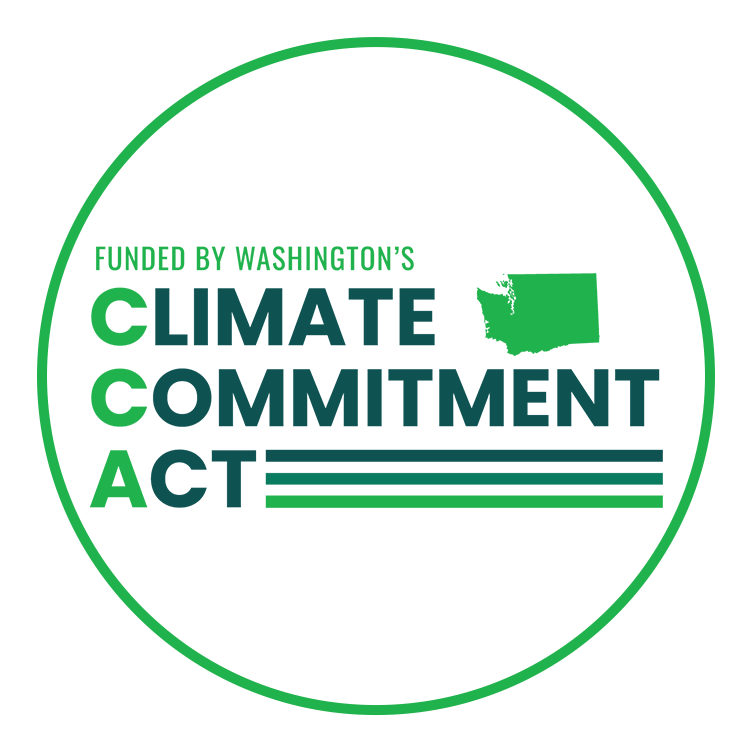Climate Advisory Team Misses Opportunities for Real CO2 Reductions
From time to time, we hear people, especially in politics, described as having a “crisis mentality.” This is not a compliment. It says that the people are not thinking clearly and are embracing irrational and destructive ideas because fear has overwhelmed their ability to reason.
Sometimes, however, politicians find that generating a crisis mentality can be useful to justify policies that would otherwise seem unwise and foolish. They talk of their “unwavering determination” to heed the “clarion call” to address a problem that is “breathtaking in scope” representing “incalculable risks” and “irreparable harm and untold human tragedy.”
And that’s just page 1 of the Governor’s Climate Advisory Team’s (CAT) draft recommendations.
Despite the rhetoric, the policies in the draft would do little to reduce the level of CO2 emissions in Washington, but would cost families across our state billions. The fundamental problem with the recommendations is they rely almost entirely on government’s ability to force lifestyle changes and the ability of politicians to correctly choose the best future technologies.
We can meaningfully reduce CO2 emissions in Washington, but not if we follow the path described by the CAT.
Economist Alex Tabarrok notes that “the law of unintended consequences is what happens when a simple system tries to regulate a complex system.” We are already seeing such consequences from the government’s simplistic approaches to this complex problem.
For instance, the CAT calls for a dramatic increase in acres dedicated to growing biofuel feedstocks. A recent study by the British Royal Society shows that such policies lead farmers to put marginal lands into production – lands that require more energy from machinery, fertilizer and other efforts be put into the ground than come from the fuel. Promoting biofuels in this way may actually increase CO2 emissions.
The commitment to a political approach also leads them to dead ends. They note that “transportation is Washington’s largest contributor to” greenhouse gas emissions. Yet, the CAT’s report simply sets targets without any method of achieving those goals. They call for more study, listing the costs of potential strategies as “not quantified.” Interestingly, in the November draft provided to the committee, the costs of just a few of the potential policies were listed at over $9 billion. Those costs were removed in the public draft.
The report also relies on some odd math to claim cost savings. It recommends increasing the amount of expensive “green” energy we are required to purchase. They also want to mandate increased energy conservation. Ironically, they claim that rising costs will increase “savings” from conservation, leading them to count millions in savings for Washington. Those who shop the Nordstrom Half-Yearly sale recognize this as “the more you buy, the more you save.”
Instead of recognizing the limitations of this political approach, the CAT whistles past the graveyard, hoping “that the reality of global warming will coalesce the public to see the strategies…as critical necessities whose time has come.”
Rather than building a strategy around heavy government regulation and hoping the public goes along, the state should build a strategy where government steps aside, removing barriers, letting the creativity and efforts of Washington residents take over.
Those committed to politically driven government solutions say market-oriented approaches can’t work. This calls to mind the proverb “the man who says it cannot be done should get out of the way of the woman who is doing it.”
The City of Seattle recently announced that CO2 emissions in 2005 were lower than in 1990. The greatest single reduction came from families who saved money by switching from oil to gas heating. Economic, not government, incentives made this happen.
In 2007 the Toyota Prius outsold the Ford Explorer, the top selling SUV, for the first time. While government spends millions promoting hydrogen and electric cars, consumers in the market made hybrids increasingly popular, partly in response to the cost of oil. We’re still waiting for hydrogen or electric cars.
Trends like these led the U.S. to see actual reductions in CO2 emissions in 2006. Since signing the Kyoto Protocol in 1997, most European countries have actually increased CO2 emissions more quickly than the U.S.
Unfortunately, the CAT’s recommendations do little to harness the creativity and public energy that led to those trends. Instead, they have committed to a strategy borne of a crisis mentality that gives more control to the government agencies who designed it. As a result, the CAT’s programs are likely to cost Washington families billions, but fall well short of the mark in reducing greenhouse gases.





